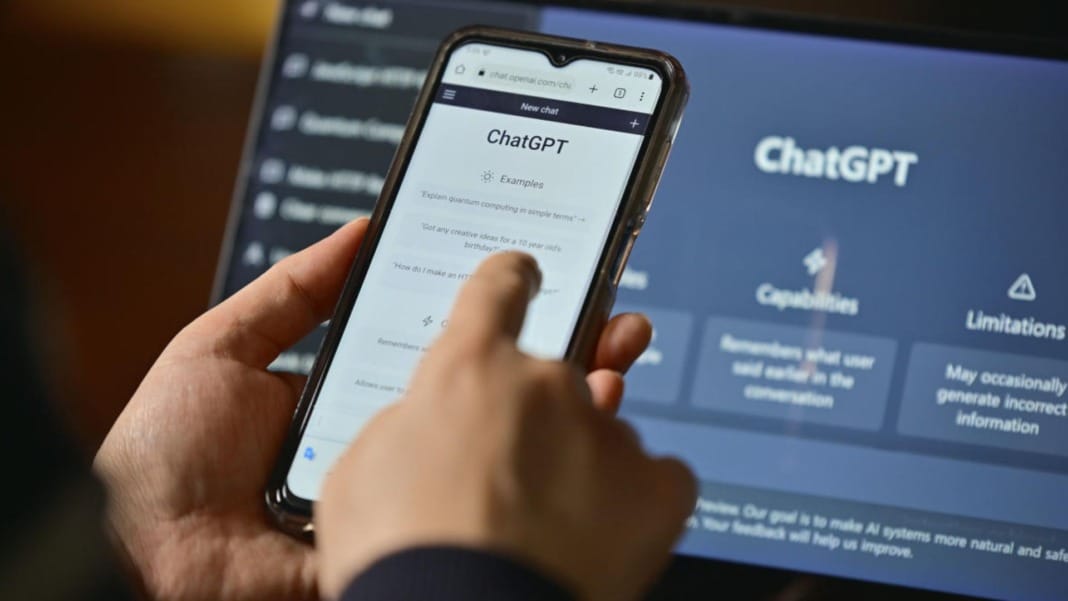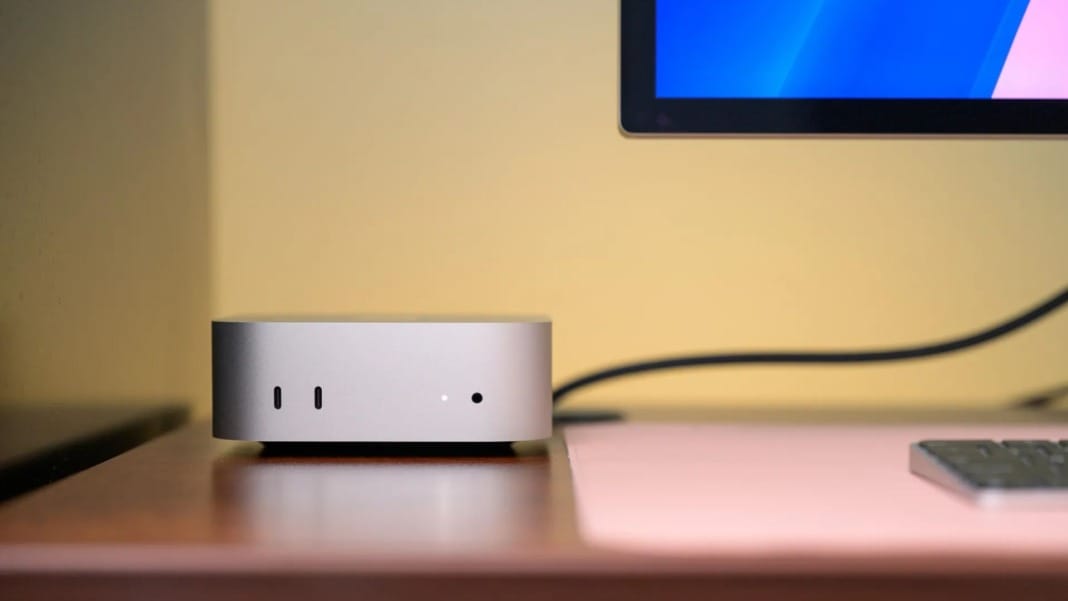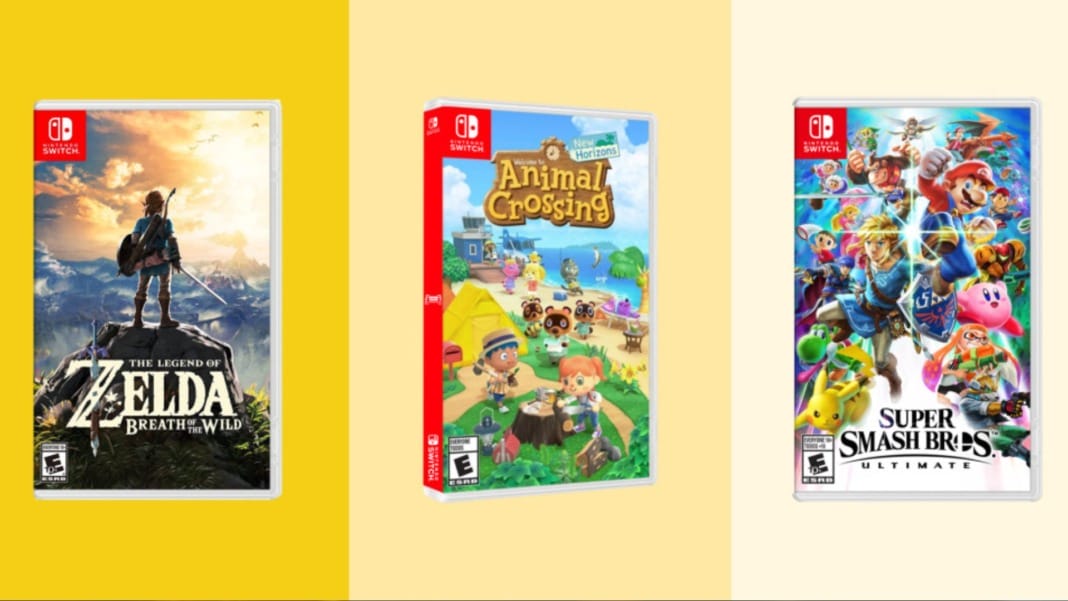In recent months, ChatGPT has emerged as one of the most visited platforms in the generative AI space, with a significant surge in user traffic. The popular AI chatbot is now receiving 3.7 billion visits each month worldwide, making it one of the most used tools on the internet. When comparing its traffic numbers to web browsers, ChatGPT’s monthly visits rival those of Google Chrome, which holds a global user base of around 3.45 billion.
Data from Similarweb reveals that ChatGPT experienced impressive growth in 2024. The platform saw a 17.2% increase in traffic month-over-month (MoM) and an astounding 115.9% year-over-year (YoY) growth. These numbers highlight ChatGPT’s growing popularity, with a notable spike in traffic during May 2024, when it hit 2.2 billion visits. Since then, the AI platform has continued to see consistent growth.
OpenAI’s efforts to expand ChatGPT’s appeal
Several factors have contributed to ChatGPT’s rise in traffic. One key development was OpenAI’s decision to update the chatbot’s web address. The company moved ChatGPT from its former subdomain, chat.openai.com, to a more prominent main domain, chatgpt.com, which likely helped increase its visibility. Moreover, OpenAI continues to develop and refine the platform, introducing new features and applications to keep users engaged.
One of the most recent additions to ChatGPT is the “ChatGPT Search” feature, which allows users to access real-time information. This tool provides up-to-date answers to questions on various topics, including sports scores, breaking news, and stock prices. This move marks a shift toward offering services similar to those provided by traditional search engines, such as Google, positioning ChatGPT as a serious player in the broader tech ecosystem.
While ChatGPT still relies on web browsers to function, its increasing traffic puts it in direct competition with tools like Google Chrome, which holds a dominant share of the browser market. In 2024, Chrome’s user base remains strong, with 35.4 billion users, though its growth has been minimal in recent years. According to Statscounter, Chrome has seen a steady increase of 45.35% in users over the past five years, with only a small YoY growth.
Other AI tools are growing, too, but not at ChatGPT’s pace
Although ChatGPT leads the pack regarding user visits, other generative AI platforms are also experiencing notable growth, though they have yet to reach the same usage level. Perplexity, for example, saw 90.8 million visits in October, marking a 25.5% MoM growth and a staggering 199.2% YoY increase. Despite facing recent claims of plagiarism, the Perplexity chatbot continues to see strong traffic figures.
Google’s Gemini chatbot, introduced as part of its larger AI push, saw 291.6 million visits in October, representing a 6.2% MoM growth and a 19% YoY growth. This increase follows the rollout of new AI features as part of a ChromeOS update aimed at enhancing the capabilities of Chromebooks. Similarly, Anthropic’s Claude chatbot recorded 84.1 million visits in October, a 25.5% MoM growth and an impressive 394.9% YoY growth, after launching desktop applications for both Windows and macOS.
Microsoft’s Copilot, integrated into its web-based platform, also saw impressive growth, reaching 69.4 million visits in October—a rise of 87.6% MoM. Additionally, Google’s NotebookLM, a note-taking and content-summarising app powered by Google’s generative AI models, achieved 31.5 million visits in October. This marked over 200% MoM growth, as users turned to the app to process and summarise various types of information using AI.
OpenAI’s new domain purchase raises questions
In other news, OpenAI recently acquired Chat.com, though the company has yet to clarify how it plans to use the new domain. The move has sparked curiosity in the tech world, but for now, OpenAI’s focus remains on improving and expanding its flagship platform, ChatGPT, which shows no signs of slowing down.
As the generative AI market grows, ChatGPT’s impressive traffic numbers signal its ongoing dominance and the increasing importance of AI tools in everyday life. The future looks bright for the AI chatbot, especially as OpenAI continues to refine and innovate its offerings.





